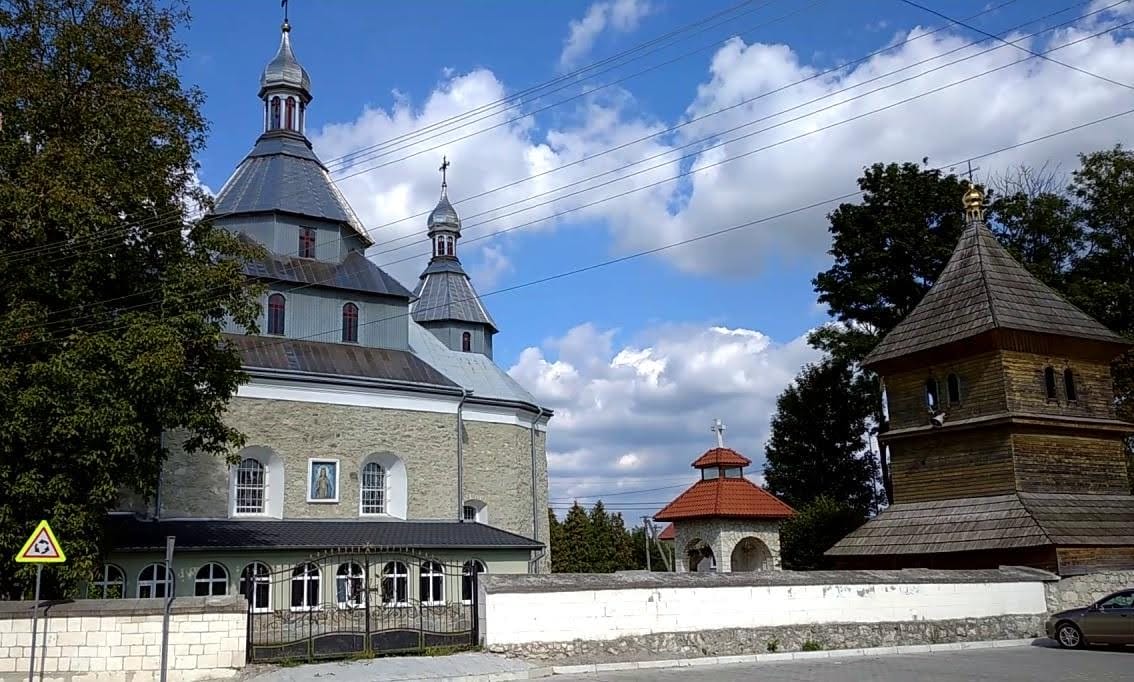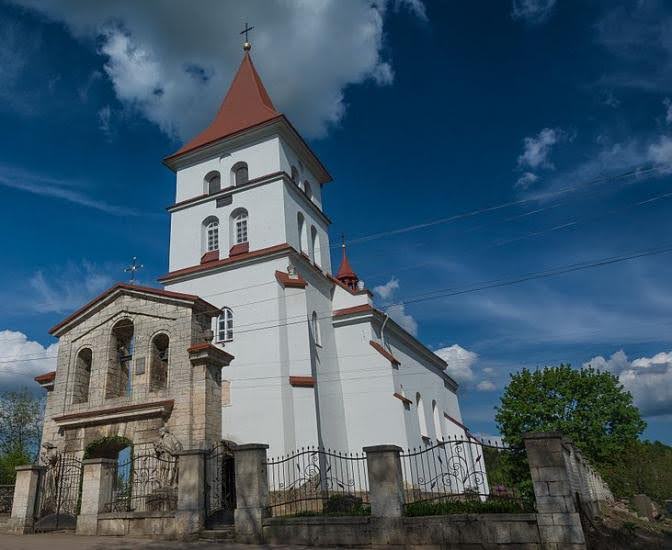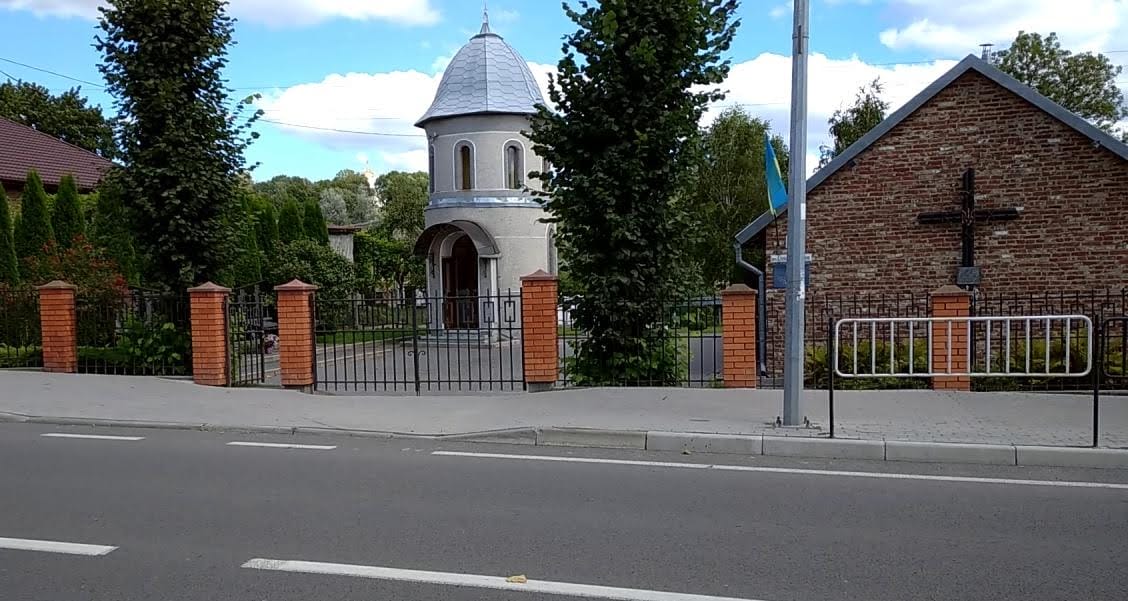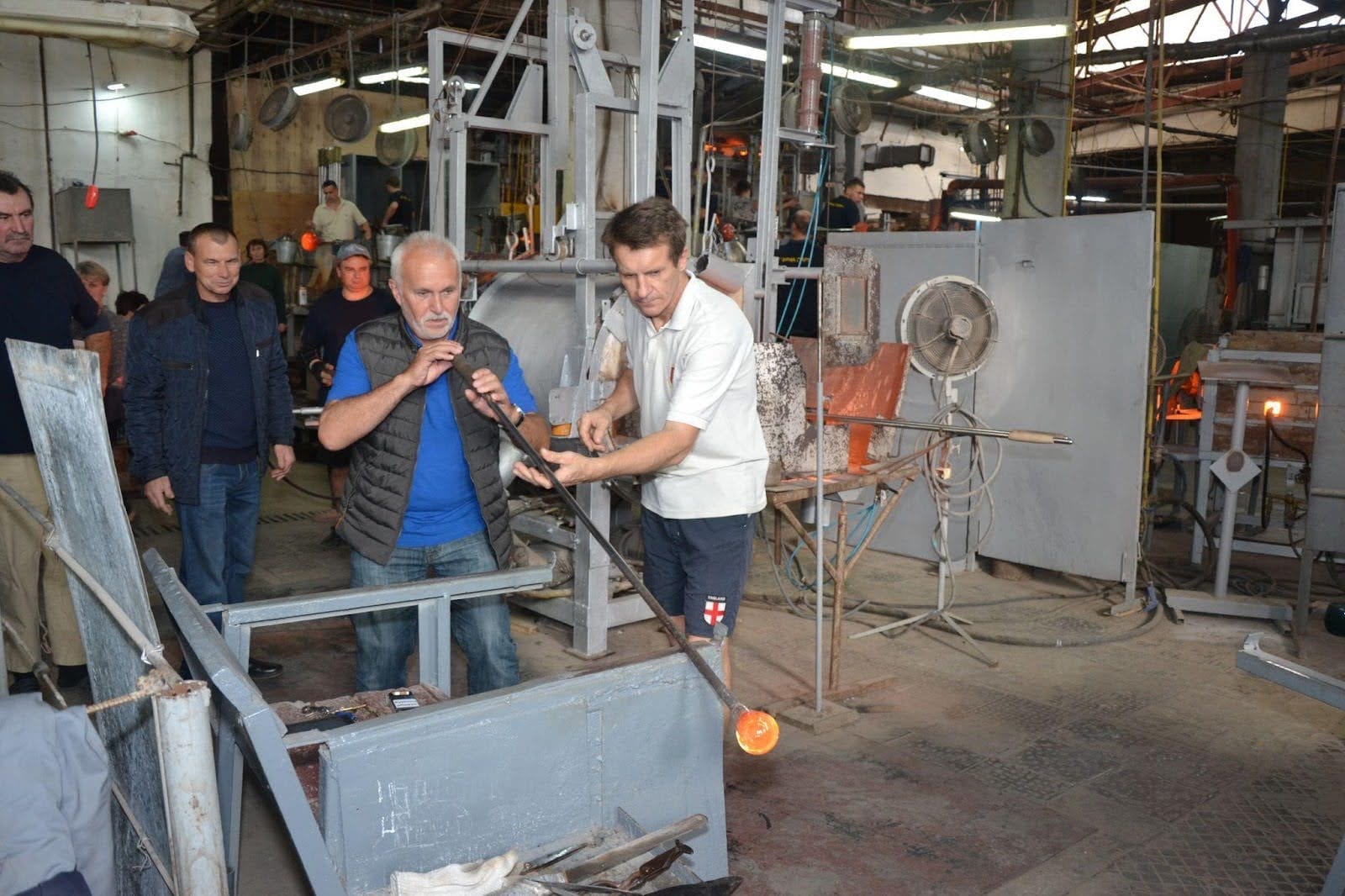This website uses cookies so that we can provide you with the best user experience possible. Cookie information is stored in your browser and performs functions such as recognising you when you return to our website and helping our team to understand which sections of the website you find most interesting and useful.
Shchyrets Territorial Community

The Shchyrets Territorial Community is situated in the territory of the Lviv District in the Lviv Region.
The total area of the territory amounts to 11,372 square kilometres.
Population: 9,924 residents
Men: 3,688 residents
Women: 4,213 residents
Children: 2,023 residents
Pensioners: 2,378 residents
Internally displaced persons: 56 people
The Community consists of fourteen villages with its administrative centre being the urban-type village of Shchyrets.
History
Shchyrets was first mentioned in the annals in 1113. The town was surrounded by walls on all of its sides, but in 1241 it was destroyed by the Mongol army. In 1391, a Roman Catholic parish was established there, and in 1397, Polish King Wladyslaw II Jagailo granted the Magdeburg rights to the town as evidenced by the Market Square in the centre. In the Middle Ages, the area was destroyed and burned down several times by the Tatars. Since the middle of the 17th century, Shchyrets has been famous for the production of gypsum and lime.
Shchyrets and the surrounding villages have been multinational throughout the ages. Jews, Poles, Ukrainians and, after the first partition of Poland, Germans in the Rosenberg colony lived there.
There are three architectural landmarks in the territory of the Community: the Defence Church of St. Stanislav (the beginning of the 15th century), the Church of the Holy Trinity (the first half of the 16th century), and the Defence Church of the Nativity of the Holy Virgin (the first half of the 16th century).



There are also two museums – the Museum of Memory of the Victims of Stalin’s Repressions and the Museum of Osip Kurylas.
The Community runs two museums: the Museum of Memory of the Victims of Stalin’s Repressions and the Museum of Osyp Kurylas.


Economy and Welfare
The largest enterprises in the Community are engaged in glass products, construction, production of ventilation equipment, dry construction mixtures, plates, sheets, pipes and plastic tubes, kitchen equipment. The Community also has a factory of reinforced concrete products, agricultural enterprises. In total, 500 enterprises operate in the Community.





The Community runs a family medicine outpatient clinic, two preschools and eight schools.


Community and War
The Community responded to the full-scale invasion by joining its efforts to resist it. In the first days, all the employees of the Settlement Council and educational institutions registered, received and accommodated internally displaced persons evacuated from the war zone around the clock. For two years, more than 1,100 internally displaced persons lived in the Community. They were provided with aid they needed; in particular, they were accommodated in social institutions, provided with necessary things and three meals a day. At present, fifty-two internally displaced persons live in the private sector.
The German partner town of Gudensberg has been providing support and aid since the beginning of the invasion, most of which the Community is sending to eastern Ukraine. In particular, these are foods, medicines, generators, heaters, water purifiers and fire trucks from Germany.





People of the Community
The Community is run by its Head Oleh Vasylyshyn.





Development Strategy
The Community created a working group to develop the Community Development Strategy until 2027. The following sections have been drafted: analytical part, SWOT analysis, community development scenarios, strategic vision of community development, strategic operational goals and objectives.

List of Sources
- Photos by Iryna Mykytka
- Website of the Shchyrets Community
